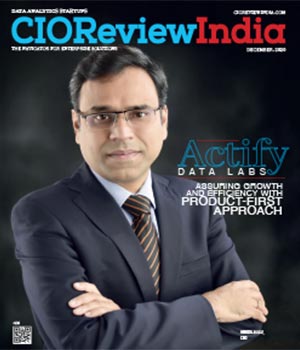
How the India Stack Model can Benefit Financial Companies
Murari Sridharan, CTO, BankBazaar.com | Tuesday, 20 December 2016, 10:11 IST
 In a geographically diverse country like India, one of the major concerns that the BFSI sector faces is the limited reach to a substantial section of the population, especially those residing remote, border, or difficult to access regions. Part of this problem is the cost-factor associated with developing brick-and-mortar structures and staffing them. In part, it is also handling and processing the phenomenal amount of paperwork generated remotely. The other concern is securing assets and protection from non-performing assets (NPAs). Digitization is the only option that can redress all these concerns and provide a holistic solution.
In a geographically diverse country like India, one of the major concerns that the BFSI sector faces is the limited reach to a substantial section of the population, especially those residing remote, border, or difficult to access regions. Part of this problem is the cost-factor associated with developing brick-and-mortar structures and staffing them. In part, it is also handling and processing the phenomenal amount of paperwork generated remotely. The other concern is securing assets and protection from non-performing assets (NPAs). Digitization is the only option that can redress all these concerns and provide a holistic solution.
On its part, the government, with Jan Dhan, Aadhaar, and mobile phones – the JAM trinity – has set the mood for Digital India. The first attempts to bring banking to the unbanked in India, the second provides authentication, and the third provides a delivery system. This foundation is capable of alleviating some of the key concerns. However, a truly viable system requires an entire layered digital infrastructure– as envisioned by India Stack, the open API stack – with the layers interwoven seamlessly together to deliver an integrated solution.
Technology stacks are not new. Uber, the highest valued startup on the planet, rose to success on GPS, Google maps, electronic payments and more. However, the promise of this particular stack is its ability to democratize finance without compromising on the security. India Stack has four layers – a biometry-based presence-less layer, a paper-less layer moving digital records based on digital identity, a cashless layer interfaced with all bank accounts and wallets, and a consent layer for secure data movements. Each of the layers utilizes a specific technology – Aadhaar authentication and eKYC, eSign and Digilocker, Unified Payments Interface, and DRM respectively. For financial companies, this model can be an unprecedented and concrete solution for their concerns.
Consider the process of issuing an unsecured loan such as a personal loan. It begins with an application, followed by documentation submission. All of this is usually paper-and-ink, which necessitates not just physical presence in terms of offices but personnel as well. The application and documentation submission is followed by verification, which again is manual and time-consuming. This has to be extremely meticulous and cannot be rushed because it is the most crucial part of the entire activity. Any missteps, and the loan may not be approved for wrong reasons or approved to an unsuitable candidate – a potential loss to the business in either case. After all required verifications and processes, the loan needs to be disbursed to the appropriate bank account, which again requires additional paperwork.
Automation and digitization can help financial companies avoid this recursive and, at times, redundant manual processing and verifications. A platform on similar lines as the India Stack model would allow online applications, cutting off paperwork right at the beginning. Technologies such as e-Sign and Digilocker allow access of authenticated digital version of documents from bank statements to PAN cards to educational certificates and more sourced directly from the issuer. Financial companies would be able to transfer funds virtually through the UPI. More importantly, with a system like UPI for transferring funds, more and more transactions would be recorded and there would be a more detailed financial history available for analysis and verification. All these, when put together, provide a single integrated solution that allows finance companies to reach to geographies and populations that were out of their reach until now securely and reliably.
However, despite the promising picture, things are not as rosy as they seem. For one, financial institutions are precisely that – financial institutions. They are not technology companies. While they have been meticulous in automating, bringing about interconnectivity, and following all the security precautions, not everything comes as second nature to them. Their core competency is finance. To adapt to changing technological demands is one thing, but to develop technology as a core competency and build banking infrastructure to leverage the advantages offered by digitization is an entirely different ball game altogether. This requires moving focus from banking to technology or, at the very least, making technology one of the core focus areas. This is a challenging move, and one that most organizations would be wary of making.
The alternative to developing your own platform and infrastructure does not have to mean losing out on those benefits. This is where Fintech companies like BankBazaar.com can help. The evolution of Fintech is directly linked to the pressures of technology on BFSI, and the sector serves to ease the gap between customers and financial companies through technology. Through proprietary infrastructure, Fintech companies such as BankBazaar.com have developed layered platforms that can deliver these functionalities to partners BFSI companies. Today, online applications, bank statement retrieval, eKYC through Aadhaar, PAN card verification, and more is possible through our online platform. We expect to add on more functionalities as government and RBI policies are formulated and the sector is regularized. The facilities offered by Fintech companies can be a veritable bonanza to the BFSI sector if adopted carefully, as it brings the benefits of digitation without the hassles of developing the technology from the scratch.
Like a juggernaut, technology is altering everything that it touches. The BFSI sector is no different. The organization that evolves and adapts with time survives and grows. For the BFSI sector, the rapidly changing technology can be a huge challenge, but if met correctly, they can yield fantastic dividends.
CIO Viewpoint
Accept Data as an Entity on Balance sheet
By Akshey Gupta, Chief Data Officer, Bandhan Bank
Technology Forecast And Concern In 2020
By Anil Kumar Ranjan, Head IT, Macawber Beekay Private Limited
Data Analytics For Enhanced Productivity And...
By Krishnakumar Madhavan, Head IT, KLA
CXO Insights
Regulatory Implications and Data Protection:...
By Richa Singh
Data-Driven Predictive Technologies
By Pankaj Parimal, Head of Launch & Change Management, Hella Automotive Mexico, S.A. de C.V., Mexico, North America.
5 Mantras That Can Drive Organizations Towards...



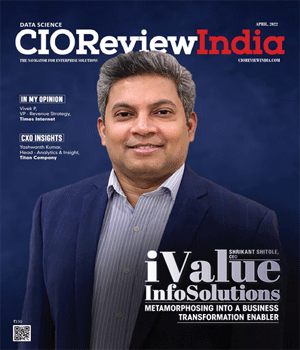
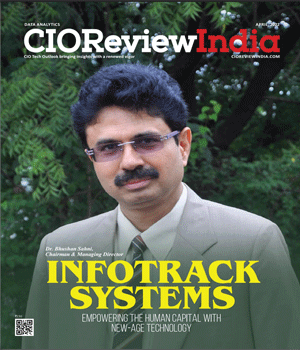
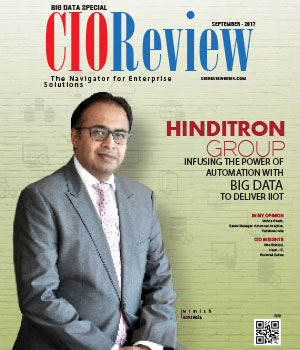

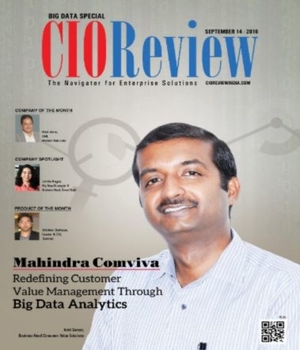
.jpg)
.jpg)
